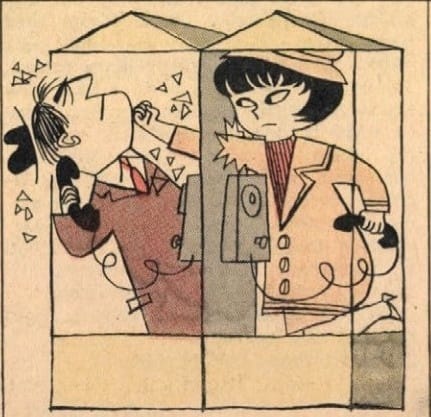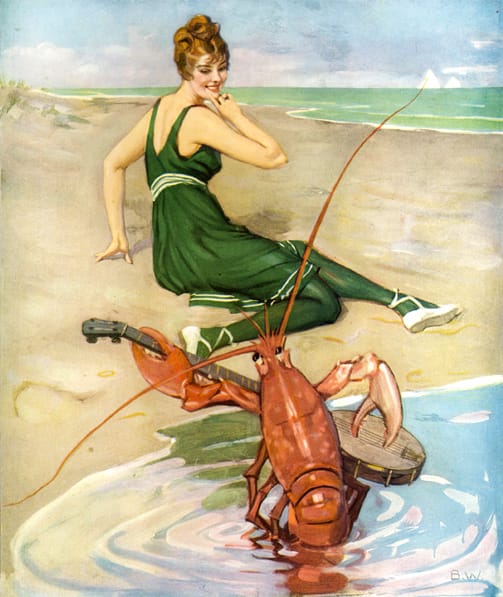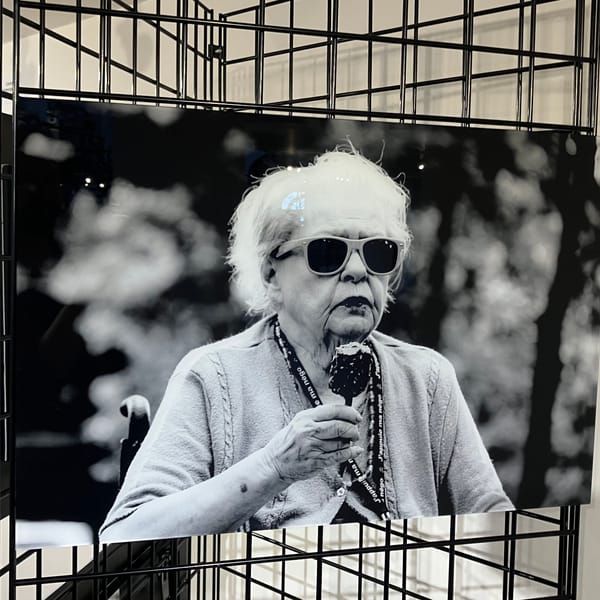Spite Oriented Architecture
Friends, help! A shapeshifting raccoon with enormous testicles tricked me!
27 April, 2023 | Kyoto, Japan
Osaka to Kyoto is about 35 miles. A similar trip by train from Seattle to Tacoma actually takes about the same amount of time (~50 minutes); the principal differences being (1) Seattle→Tacoma Amtrak is about twice as expensive and (2) it runs about 6 times a day, whereas Osaka→Kyoto runs every ten minutes for 18 hours a day. Minor stuff.
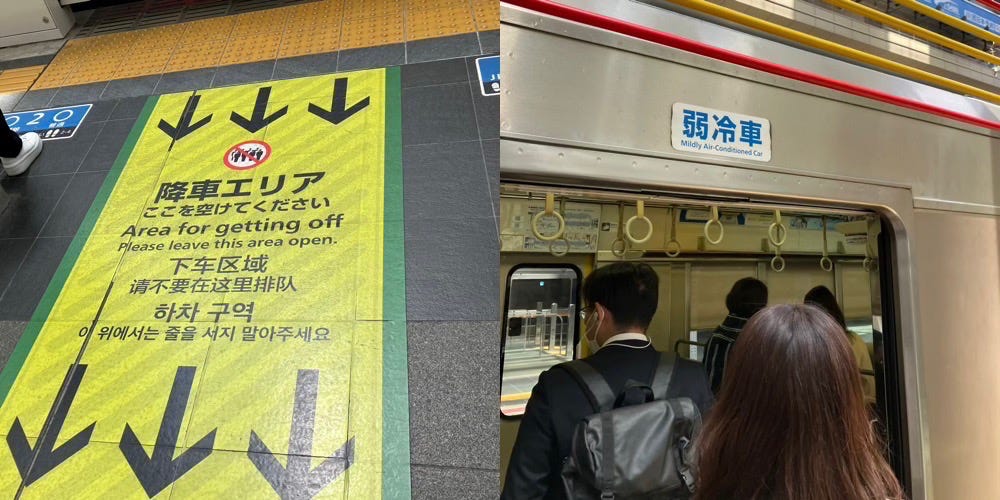
Kyoto is almost entirely unique - a large/medium sized city on the wrong end of Curtis “Bomb’s Away” Lemay that remained almost entirely untouched by indiscriminate strategic bombing. The practical reasons for not bombing such a place are obvious; Kyoto had virtually no major military or industrial targets and contributed little to the war effort - being principally a place of cultural significance. But something like that was not going to stop literal demons like Lemay et. al. - Dresden was also famously a poor target under this rubric. No, Kyoto was saved because the Secretary of War at the time had honeymooned there and liked it. I’m not kidding.
Because of that, Kyoto actually has things that are old. And I decided to take a day trip up for a bike tour to explore it.
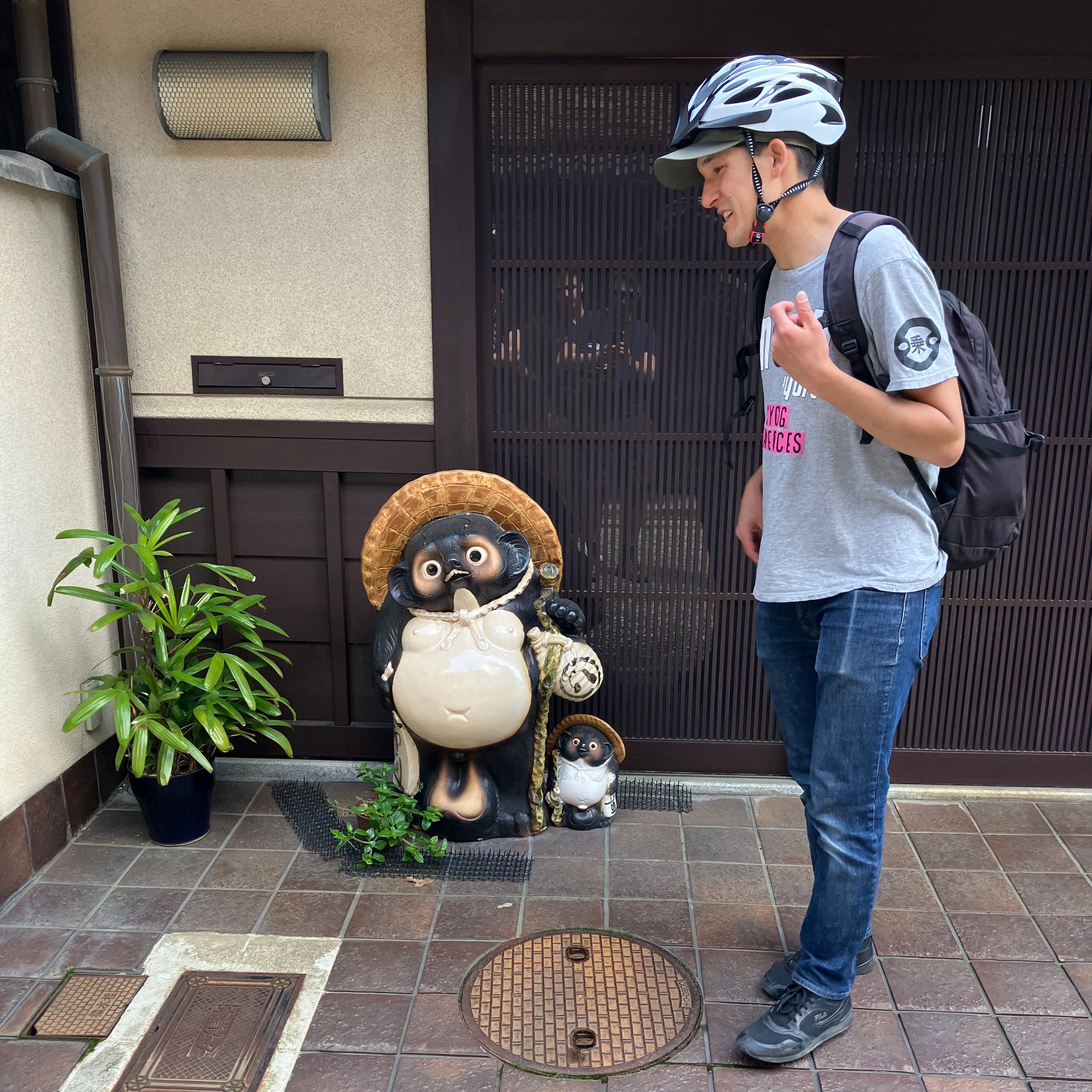
Our first stop was Kitano Tenmangū, a thousand-year-old Shinto shrine primarily dedicated to a scholar named Sugawara no Michizane during the Heian (“peace”) period of Japan, prior to the rise of the samurai military class.
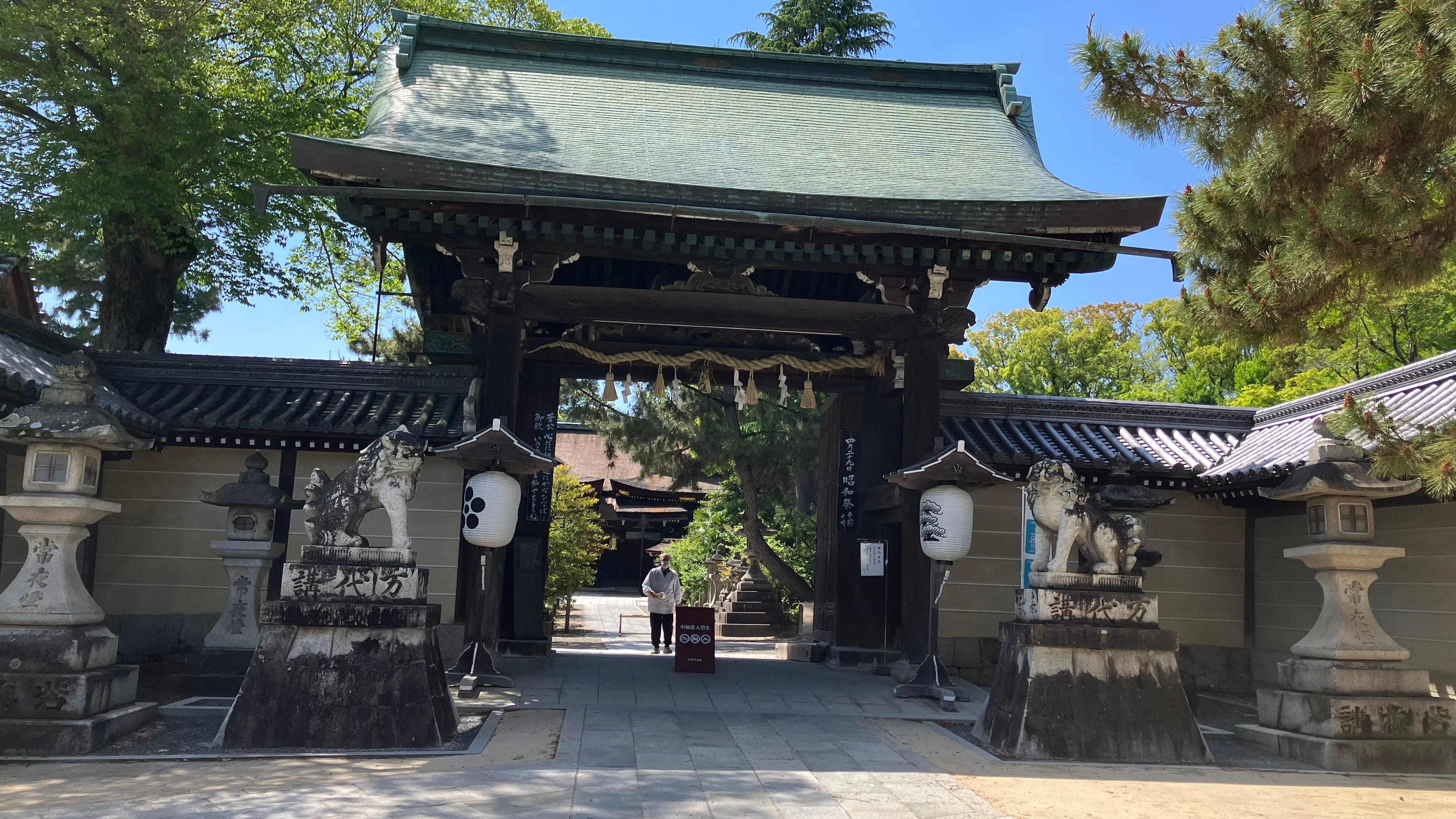
He was exiled after making enemies of a particularly well connected clan. Shortly after his death, the capital was wracked by massive storms that happened to kill a lot of that clan. The emperor decided this was Michizane’s vengeful sprit and deified him as Tenjin - originally (literally) sky deity and all about natural disasters, but now more of the patron saint of academics, scholars, and nerds.
Naturally, this is an exceptionally popular place for people to pray for good test grades, written on the above wooden blocks, and that popularity has resulted in a beautiful, well preserved, and active temple.

Our next stop was Kinkaku-ji, or "Temple of the Golden Pavilion". Now I’d normally frown upon stuff being covered in gold - that’s some ostentatious Donald trump shit regardless of the era of construction. But there is an enormous amount of spite built into this place, and I have to respect that.
The pavilion is three stories tall and is largely the work of the shogun Ashikaga Yoshimitsu (1358-1408). Yoshimitsu was a sinophile who believed the samurai were superior to the emperor and non-martial aristocracy, and this worldview shows up in the architecture. The unadorned first floor is of the old Heian style; representing the days of imperial/aristocratic dominance. On top of that is the second floor, coated in gold, build of the warrior-aristocratic style of the samurai. And finally the top floor - the place of highest honor - is in traditional Chinese chán (Japanese zen) style.
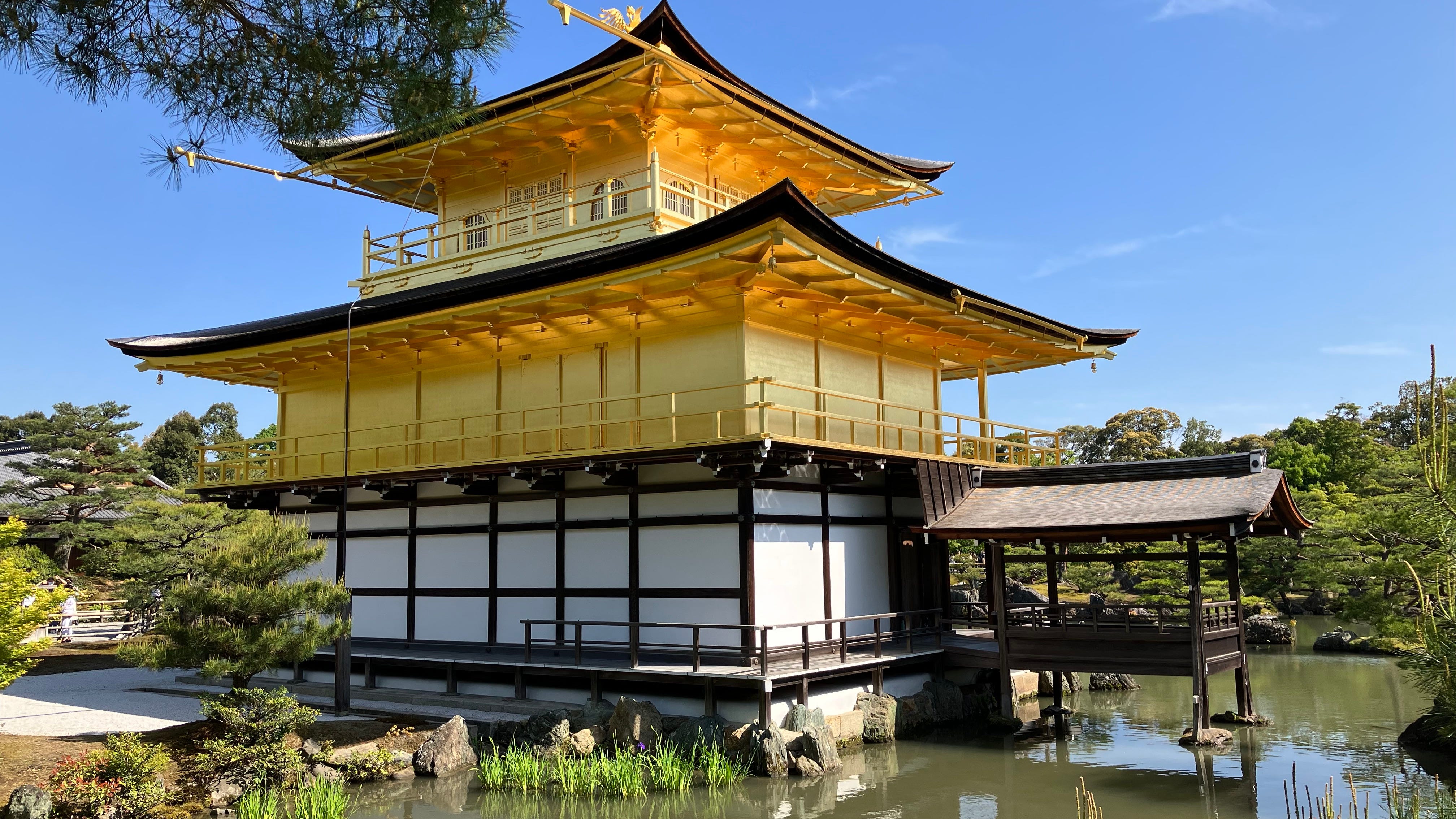
After visiting the Ziohoin Temple - a buddhist site built by a Christian Japanese warlord during the Warring States period. After being banned, the only remaining nod to Christianity is a cross hidden in one of the traditional sand gardens.

The tour wound down, but a few of us were hungry so we got together and invited Ross to join us at an very tiny corner restaurant. Eventually the group consisted of myself, Ross, a French couple, and a woman named Bri who actually travel blogs for a living.
From Ross, I got additional confirmation why I wouldn’t be able to survive living in Japan without going mad. It seemed to be a treat for him, being part of a conversation that swirled around politics, economics, international relations - topics that could cause disharmony and thus rarely broached. The French couple were active in this, I further learned they had been living in Estonia for a decade and didn’t really have positive feelings about French tourists. As it turned out, I would end up spending a lot of time with a French tourist when I traveled to Seoul, South Korea. My flight was tomorrow afternoon.

